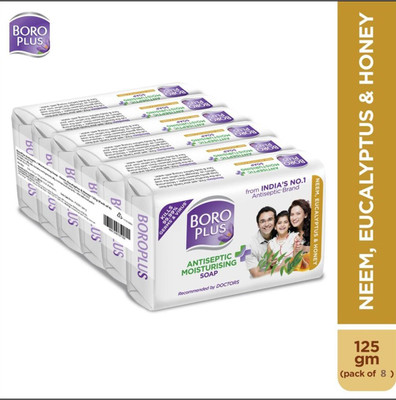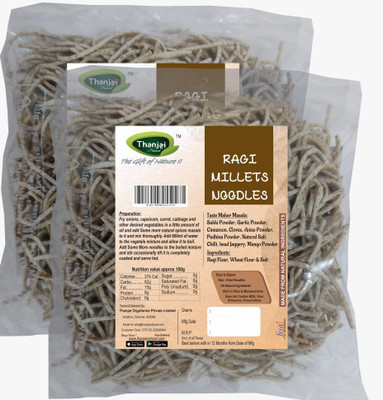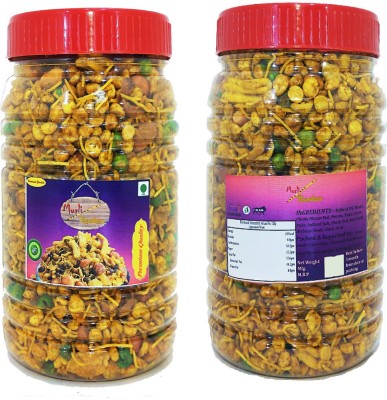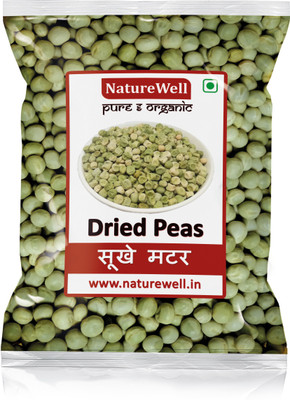
KINAAV BARLEY FLOUR/JAU KA ATTA (500 g)
Be the first to Review this product
Special price
₹42
₹99
57% off
@78/kg
Coupons for you
T&C
Available offers
T&C
T&C
T&C
T&C
Delivery
Check
Enter pincode
Delivery by11 Oct, Saturday
?
View Details
Quantity
- 500 g500 g
Please select a Quantity to proceed
Services
- Cash on Delivery available?
Description
Nutritional Benefits
High in Fiber:
Contains both soluble and insoluble fiber, particularly beta-glucans, which contribute to heart health by lowering bad cholesterol and promoting fullness.
Rich in Nutrients:
A good source of B-vitamins, magnesium, selenium, iron, and other minerals that support bodily functions and energy production.
Antioxidants:
Contains antioxidants that boost overall well-being and immunity.
Low Glycemic Index:
Helps with better blood sugar control, making it a good choice for diabetics and health-conscious individuals.
Culinary Uses
Baking: Adds a nutty flavor and chewy texture to breads, biscuits, pancakes, muffins, and cookies.
Thickening Agent: Can be used to thicken soups, stews, and gravies.
Traditional Dishes: A staple in dishes like rotis, parathas, and various flatbreads, notes Healthy Miller.
Beverages: A key ingredient in brewing beer and other alcoholic beverages.
How to Use
Substitute in Recipes:
Can be used alone or in combination with other flours, such as wheat flour, to enhance nutrition and flavor.
Dough Conditioner:
Its lower gluten content makes dough more relaxed, resulting in a softer crumb in baked goods.
The variety of flour depends on the form of barley used.
Whole barley flour: Milled from the entire hulled grain, including the bran and germ, this flour is rich in fiber and nutrients.
Hulled barley flour: Made from barley with only the inedible outer hull removed, it retains the bran layer and is considered a whole grain.
Pearl barley flour: This flour is milled from pearl barley, a grain that has been polished to remove the bran layer along with the hull. This results in a milder flavor, finer texture, and shorter cooking time, but it is less nutritious than whole or hulled barley flour.
Malted barley flour: Made from barley malt, this flour is used as a natural sweetener and to provide a unique flavor in baked goods, malted milk, and beer.
Health benefits
Barley flour offers numerous health benefits, including:
Improved digestion: Its high fiber content, including both soluble and insoluble fiber, aids digestion, promotes gut health, and helps prevent constipation.
Heart health: Beta-glucans in barley help reduce "bad" LDL cholesterol levels and support overall cardiovascular health.
Blood sugar control: With a low glycemic index, barley flour causes a slow, steady rise in blood sugar, making it a good choice for diabetics and for managing energy levels.
Weight management: The high fiber content promotes a feeling of fullness, which can help with appetite control and weight loss.
Antioxidant protection: Barley is rich in antioxidants that protect cells from damage and may reduce the risk of chronic diseases.
Culinary uses and considerations
Barley flour's nutty taste and hearty texture make it a versatile ingredient, though its low gluten content requires special handling in baking.
Baking: It is often blended with wheat flour for better texture and rise in breads, muffins, and cookies. For unleavened flatbreads, like rotis, it can be used on its own or mixed with other flours.
Thickener: Pregelatinized barley flour is used as a binder and thickener in soups, stews, sauces, and infant foods.
Other dishes: It can be used to make pancakes, waffles, and savory dishes like chilla and uttapam.
Not gluten-free: Although lower in gluten than wheat flour, barley flour is not gluten-free and should be avoided by individuals with celiac disease or gluten intolerance.
AI responses may include mistakes. Learn more
Read More
Specifications
In The Box
| Pack of |
|
| Sales Package |
|
General
| Brand |
|
| Type |
|
| Quantity |
|
| Maximum Shelf Life |
|
| Is Perishable |
|
| Organic |
|
| Used For |
|
| Dietary Preference |
|
| Caloric Value |
|
| Regional Speciality |
|
| Model Name |
|
| Storage Instruction |
|
| Manufactured By |
|
| Nutrient Content |
|
| Usage Instructions |
|
| Fortified |
|
| Ingredients |
|
| Manufacturing Process |
|
| Additives |
|
| Allergens Included |
|
| FSSAI Number |
|
| Net Quantity |
|
Additional Features
| Certification |
|
| Other Features |
|
| Key Features |
|
Dimensions
| Height |
|
| Width |
|
| Depth |
|
| Weight |
|
| Other Dimensions |
|
Legal Disclaimer
|
Be the first to ask about this product
Safe and Secure Payments.Easy returns.100% Authentic products.
Back to top






